Ice is a valuable part of our everyday lives. It can be used in food and drinks to keep them cool as well as for everyday all-purpose uses. Knowing about various types of ice and their specific benefits and uses can come in handy.
Below, we’ll go through 16 types of ice and their various uses.
What Are Ice Cubes?
Ice cubes are molecules of water (or other liquids) that have undergone crystallization because of freezing temperatures. They can be frozen in various shapes and sizes and used for a variety of purposes.
Types of Ice (& When to Use Them)
Ice comes and can be made in a variety of shapes and sizes, as well as used for various purposes. Following is our list of 16 most popular kinds of ice and when you might use them.
1. Regular Cube/Half Cube
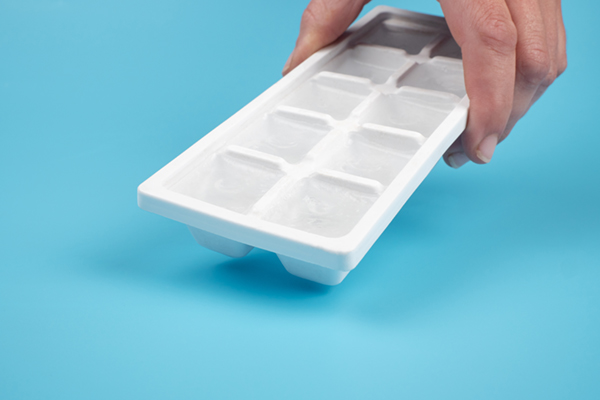
Regular cube or half cube ice is sometimes referred to as old-fashioned ice cubes. They can easily be made in ice cube trays in your home freezer. The trays come in various sizes to allow for different counts of ice as well as different sizes of ice.
Cube Ice Uses: regular and half cubes have a variety of uses which one of the main ones is being used for drinks to keep the liquid cool.
2. Crescent Ice
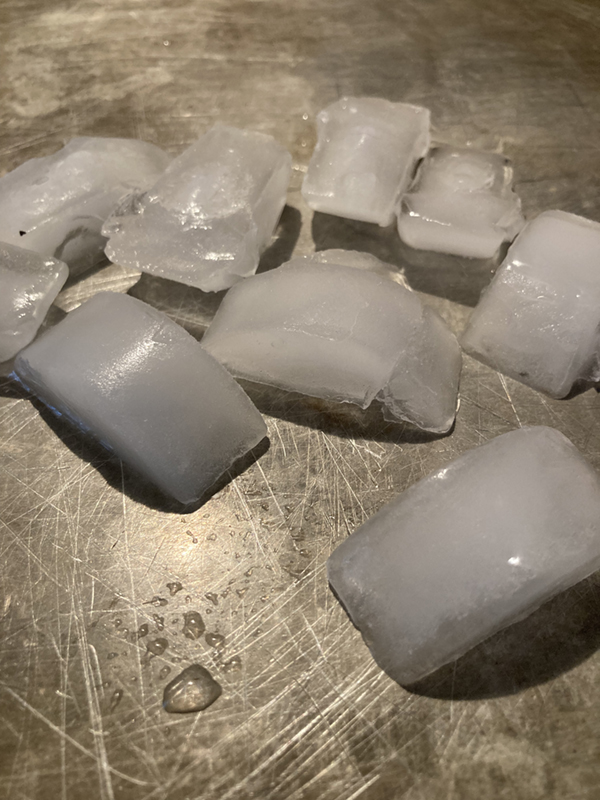
Crescent ice is a half-moon shape that’s typically found in commercial kitchens, restaurants, and hotels. It’s often made by ice dispensers.
Crescent Ice Uses: Soft drinks, mixed drinks, bagged ice, and ice dispensers.
3. Crushed Ice
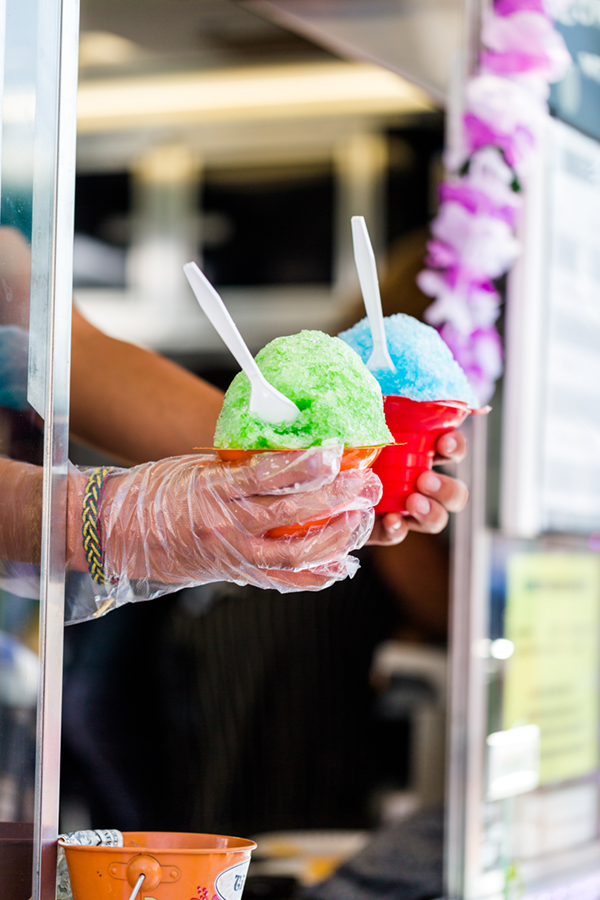
Crushed ice is great for cooling drinks and items quickly because of its density and the fact that minimal gaps are left in its consistency, and it covers more surface area. It can also be used as the main ingredient in items like snow cones.
Crushed Ice Uses: slushes, snow cones, milk shakes, cold coffee, and more.
4. Full Cube Ice
Full cube ice is square ice cubes that are usually 2×2 inches. They are useful because they melt slower, providing less dilution and provide a nice neat clean look because of their standard shape.
Full Cube Uses: Full cube ice is great for shaking drinks, because they aerate and cool the cocktail or drink without watering it down.
5. Nugget Ice

Nugget ice is also known as chewable ice. It’s the kind of ice you’d traditionally find at the grocery store or convenience store. Nugget ice consists of chunks of ice that are inconsistent in shape and size to some extent. It usually has rough edges.
Nugget ice can be used for more than just cooling beverages, it has a variety of all-purpose uses as well and is known for its fast-cooling properties.
Nugget Ice Uses: cooling drinks and smoothies, keeps food cool including salad bars.
6. Block Ice

Block ice comes in various sizes of large blocks, thus its name. It’s common to be able to purchase 10-pound blocks of ice at grocery and convenience stores.
Block ice can also be purchased and formed in various sizes for various uses, however it is typically a large size.
Block Ice Uses: ice sculptures, shaved ice, portable coolers, and refrigerators.
7. Sphere Ice
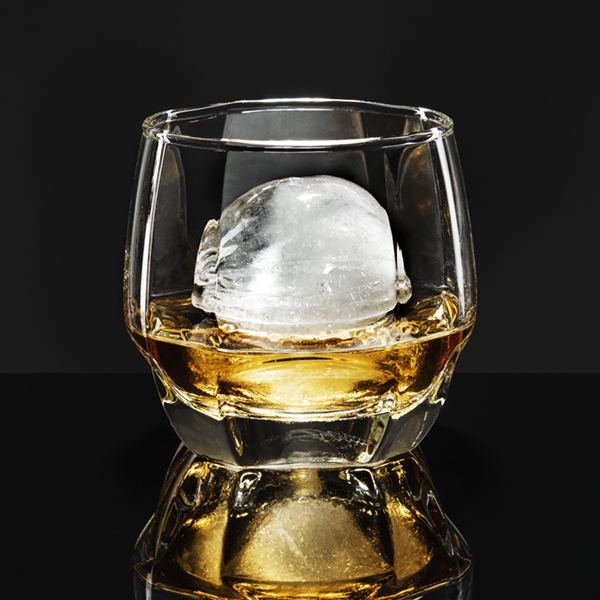
Sphere ice are round ball shaped ice structures that are used to cool drinks without rapidly diluting them. Some folks like to add a splash of water to their drinks to tone down the flavor.
However, if the goal is to cool your drink without diluting it, then sphere ice might be the best solution for you.
Sphere Ice Uses: alcoholic beverages such as whisky, scotch, bourbon.
8. Dice Ice
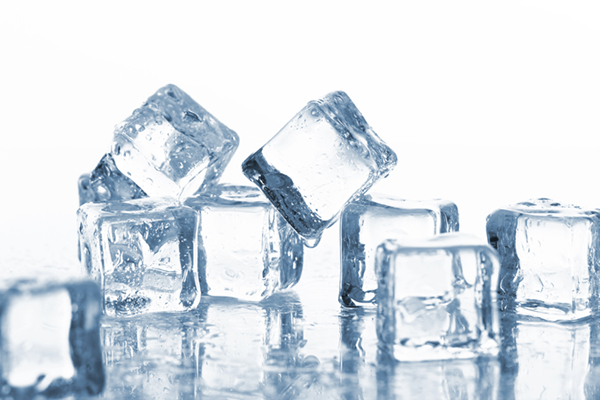
Dice ice cubes are as the name suggests, they’re in the shape of and about the size of dice. They’re considered gourmet ice cubes.
Dice Ice Uses: straight drinks on the rocks, smoothies, and blended drinks.
9. Shaved Ice
Shaved ice is traditionally made from shaving a block of ice. It is also known as snow cone ice and is used in a variety of desserts made with sweet condiments or syrups.
Shave ice is light and fluffy and can be formed into a snowball.
Shaved Ice Uses: desserts, snow cones, snowball, sweet desserts made with syrups.
10. Tulip Ice
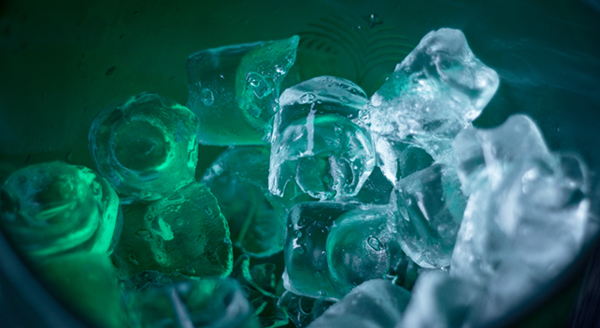
Tulip ice is ice that has a tubular shape. It’s made generally with a commercial ice machine that makes that particular shape.
For home use you can also make tulip ice cubes with silicone ice cube trays created for that specific purpose.
Tulip Ice Uses: cooling beverages and food.
11. Gourmet Cube Ice Cubes
Gourmet ice cubes are usually classified as gourmet because they have a special aspect. Either they are crystal clear, have a unique shape, size, or functionality. Gourmet ice is typically manufactured in small batch sizes.
Gourmet Ice Uses: high class drinks for an impressive presentation.
12. Clear Ice
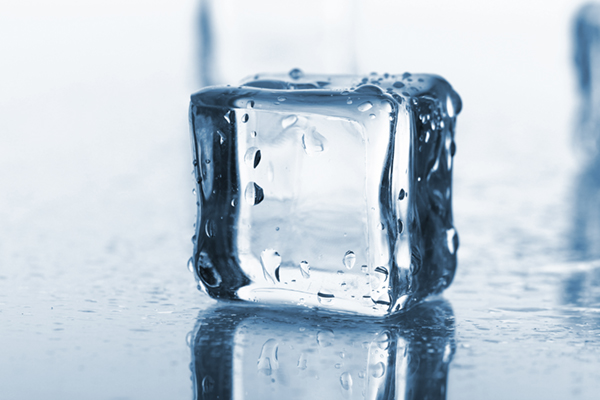
Clear ice is made using a unique process. The clarity of ice is determined by how quickly it freezes.
The slower it freezes, the clearer it is. Clear ice can also be made by using water that has been rid of impurities.
Clear Ice Uses: Cocktails and other drinks used for high class presentation.
13. Ice Spheres
Ice spheres or ice balls are larger than the average sized ice cube and work well to keep alcoholic drinks cold without significantly diluting them. They are effective because they have an extra-large surface area.
To make ice sphere ice at home, you’ll need to use a special ice sphere mold.
Ice Sphere Uses: alcoholic beverages
14. Flake Ice
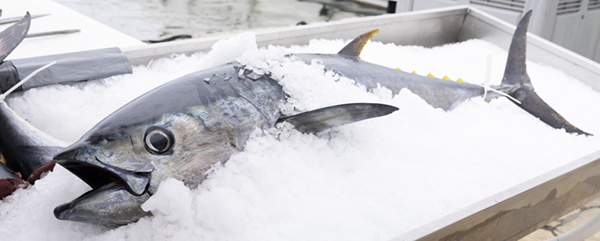
Flake ice is not to be confused with shaved ice. Commercial flake ice can look like crushed ice and is finely ground into irregular particle shapes. Flake ice can be defined as different things in different geographic locations of the country.
Flake Ice Uses: chill fish and seafood in packing and grocery store coolers.
15. Dry Ice

Dry ice is the solid form of carbon dioxide. It has an amusing effect of creating fog by changing directly from a solid to a gas through the process of sublimation. Dry ice requires handling precautions.
Dry Ice Uses: temporary refrigeration, fog machines for dramatic effects, carbonation for beverages.
16. Wet Ice
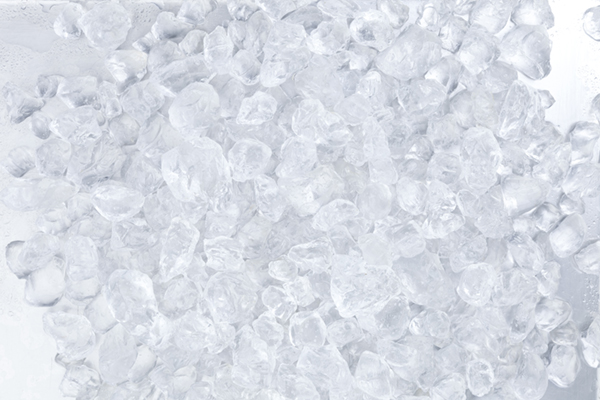
Wet ice means ice that is not completely frozen and still has water on top. Or it could be ice that has partially thawed and has water included. Wet ice is much more slippery than ice that’s not wet.
Wet Ice Uses: cooling a warm beverage that should be cold, treating swollen muscles.
History of Making Ice Cubes
The history of making ice cubes is believed to have started when the refrigerator was invented in the mid 1800’s with the purpose of producing ice to cool air.
Ice cubes can range from clear to cloudy, and from large blocks to minuscule pieces of shaved or flaked ice.
Ice Cube Purposes
Ice cubes have many purposes and can be used for anything from cooling your favorite beverages, to carving a work of art, as well as chilling food and keeping it safe from the heat. There are so many uses for ice.
Cooling beverages
Removing gum from clothing
First aid for burns
Watering plants
Making ice cream
Smoothies
Slushies
Milk shakes
Keeping food cooled
Erasing carpet dents
Eliminating fabric stains
Cooling air
Removing fat from soup
Ice carvings and artwork
Cooling systems
Resources:
How Long Does It Take For Ice Cubes To Freeze?
How Long Does It Take A Fridge To Get Cold?
Frequently Asked Questions
Following are frequently asked questions that relate to types of ice. If you have a question that’s not answered here, please drop it in the comments box below and we’ll be happy to answer it.
1. What are the best types of ice for drinks?
The best kinds of ice for drinks depend on the kind of drink, how quickly the beverage needs to be chilled, and whether the drink should be diluted.
Some of our recommended ice cubes and shapes for drinks include, clear ice, sphere ice, dice ice, cube ice, and half cube ice.
2. What are uses for different types of ice cubes?
There are so many different uses for ice cubes. You can see our list above a few ideas for the purpose of ice cubes. Uses of ice cubes range from chilling drinks all the way to watering plants and removing wrinkles.
3. What are the different types of ice made by ice machines?
Ice machines can make different types, shapes, and sizes of ice as opposed to just straight up cubes or crescents like what would potentially be made in a home freezer.
4. Why use different types of ice?
Different kinds of ice can have different intended purposes, and some can work better for a specific purpose than others.
For example, block ice is the best choice for keeping food cold for a long length of time. And you wouldn’t want to use shaved ice for that same purpose because it would melt too quickly.

For more posts like this one, follow us on Pinterest, Facebook, Instagram and YouTube.
